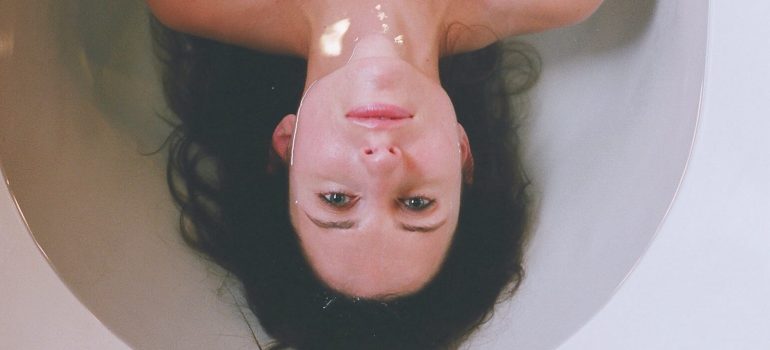What is the Difference Between Reglazing and Refinishing a Tub?
Photo by Jonathan Andrew On Pexels License CC0
It’s a reasonable concern. With the terms “reglazing,” “refinishing,” “resurfacing,” and “repair work” typically tossed around concurrently when going over bathtub repair, it definitely causes confusion.
Let’s speak about how different each of these procedures is and what they indicate.
Truth be told, all of these terms can be used interchangeably. While they can suggest somewhat different parts of the procedure, overall it’s totally appropriate to utilize these terms as though they all imply the exact same thing: changing your old tub, tile, shower or sink from chipped, unclean, and faded to brilliant, glossy and new-looking!
What is Tub Reglazing?
Technically, re-glazing describes the last and last step in the tub repair process: the professional coating.
As soon as a tub’s surface has been repaired, filled, and smoothed over with buffing, it’s prepared to have a fresh coat of commercially-applied paint, or glaze covering, sprayed all over as the last seal and finish.
What is Tub Refinishing?
Refinishing generally refers to the entire procedure of restoring a tub, including repairs, resurfacing, and reglazing. It’s the most typically used term among experts to describe the entire project from start to finish.
So the main difference between “bathtub refinishing” and “tub reglazing” is that the previous refers to the entire remediation job and the latter describes the commercial finish applied at the end of the process.
What is Tub Repair?
Once again, you could probably utilize the word “repair” to likewise describe the whole remediation procedure, however, if you truly wish to get technical, the “repair work” might more precisely refer to the repairing of the body of the tub.
This might consist of filling little cracks and chips, rubbing out scratches, and deep cleaning locations of rust and gunk. It’s typically the really first stage of tub restoration.
What is Tub Resurfacing?
Like “refinishing,” tub resurfacing could also easily be a term used to describe the whole repair work and restoration procedure of restoring an old bathtub.
It can also be utilized to show the more particular step of correcting the surface area of the tub prior to the paint coating.
This would include the repair work and buffing required to create a smooth surface area.
Contact us (713) 960-4249



